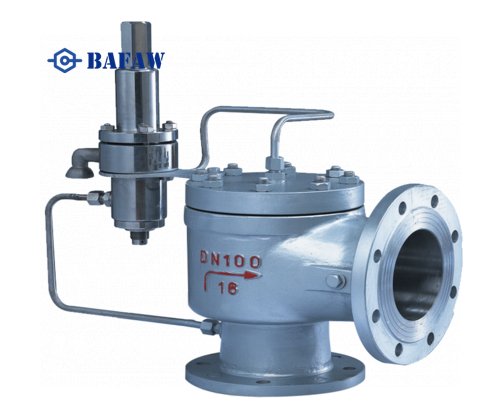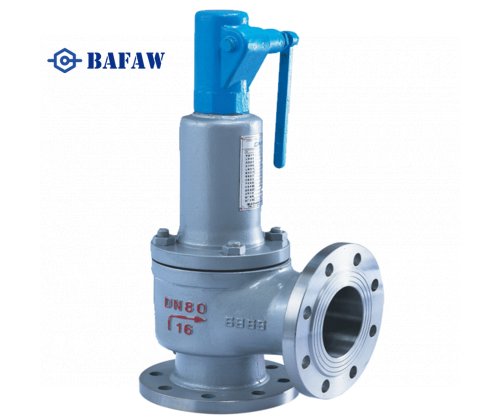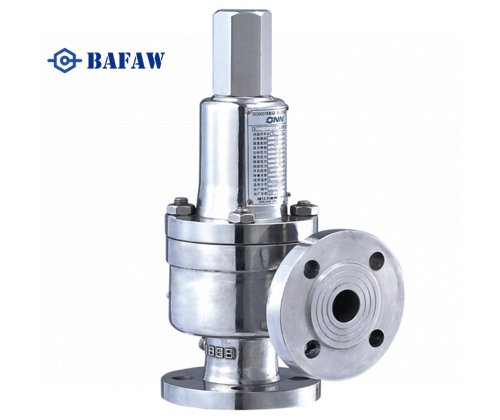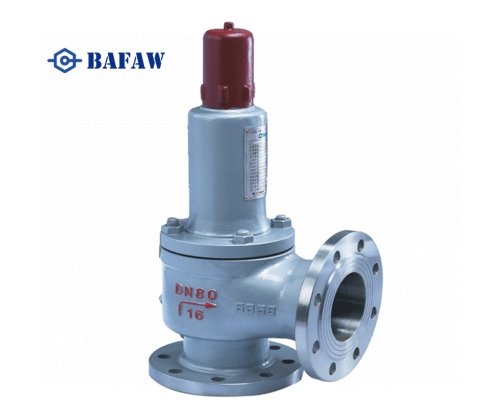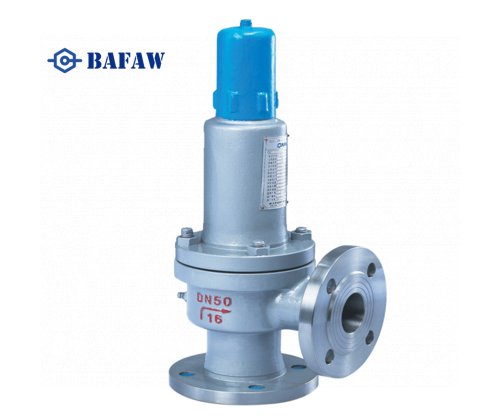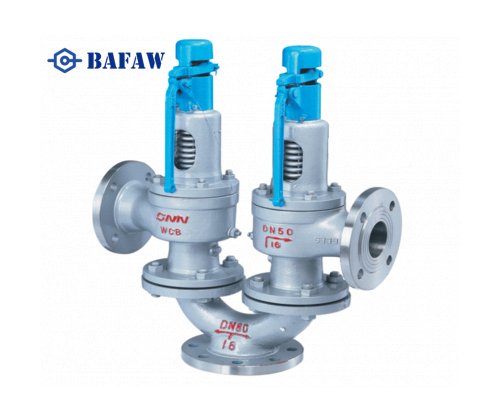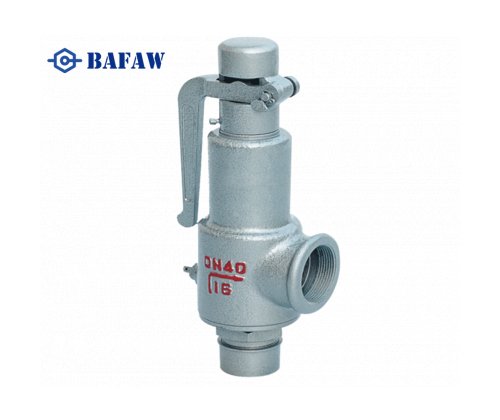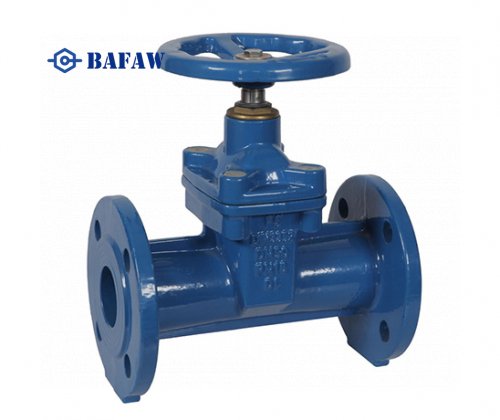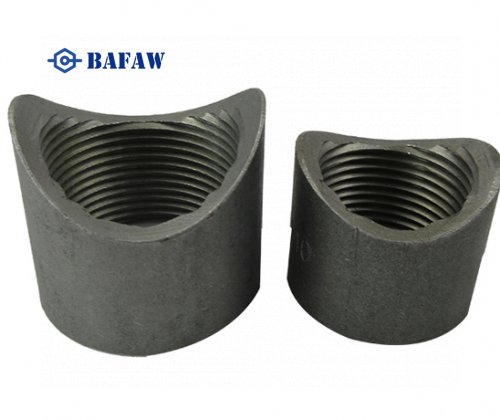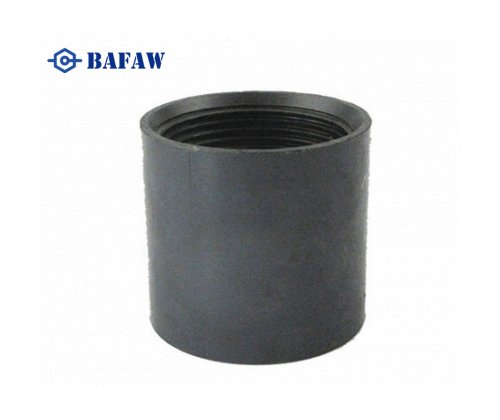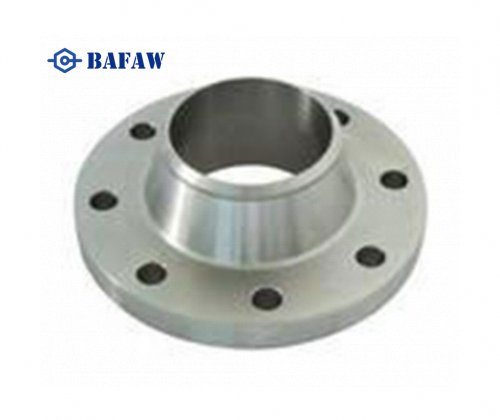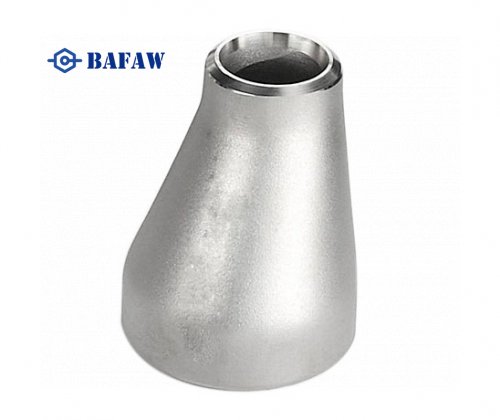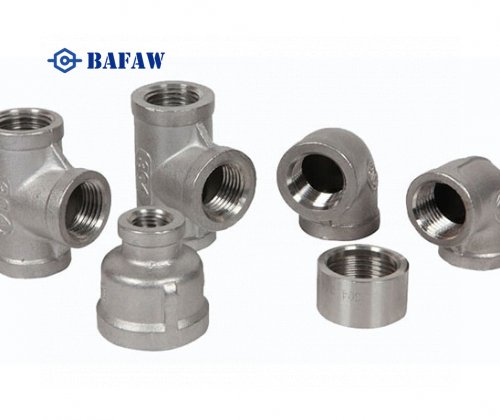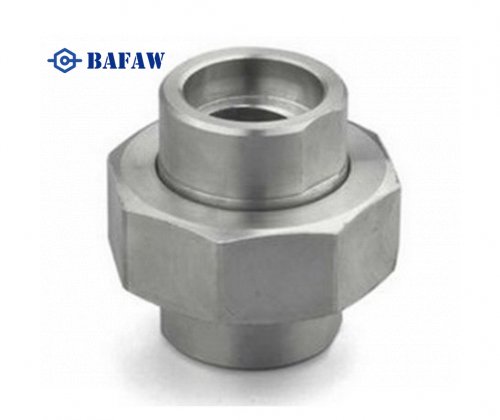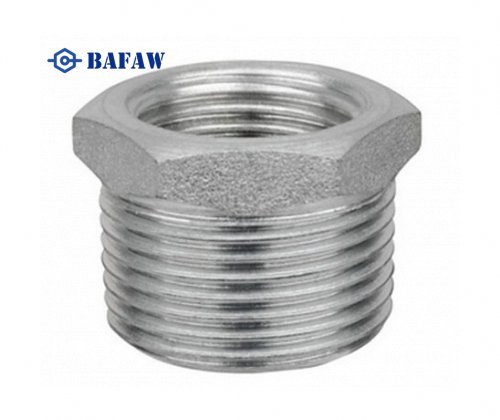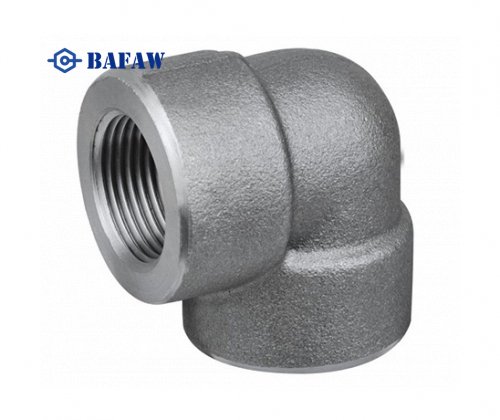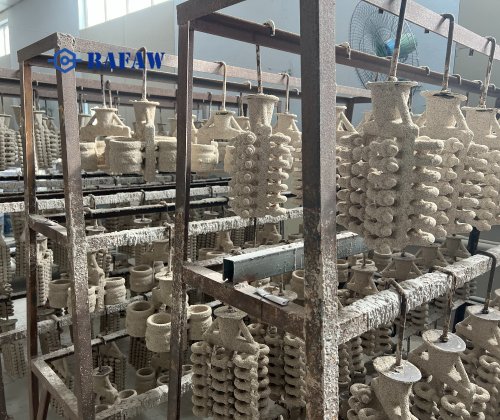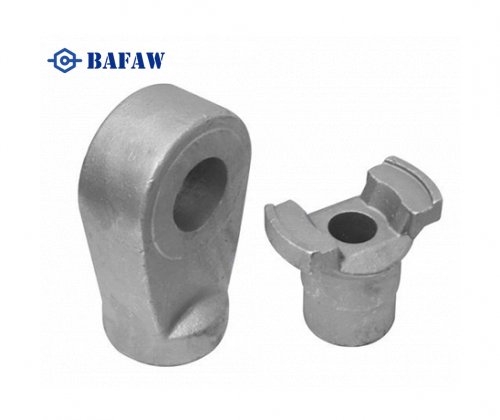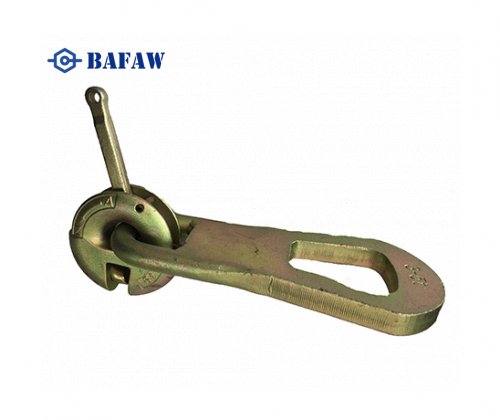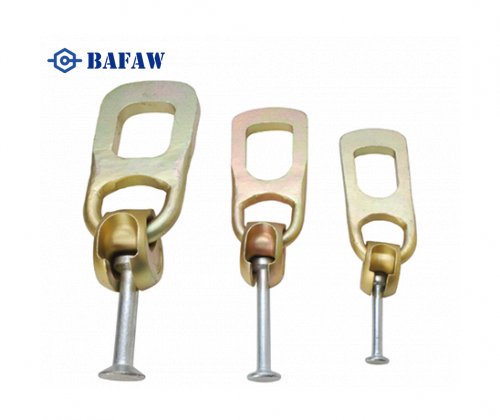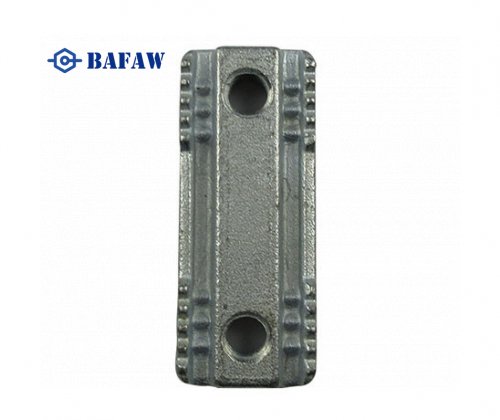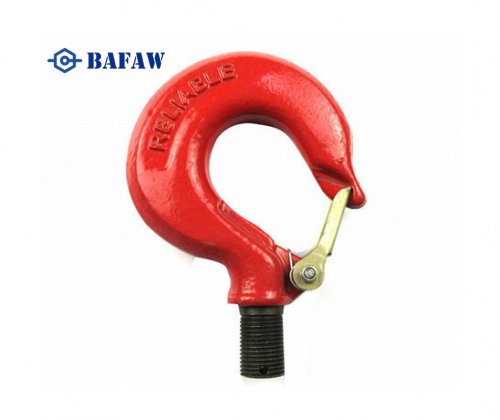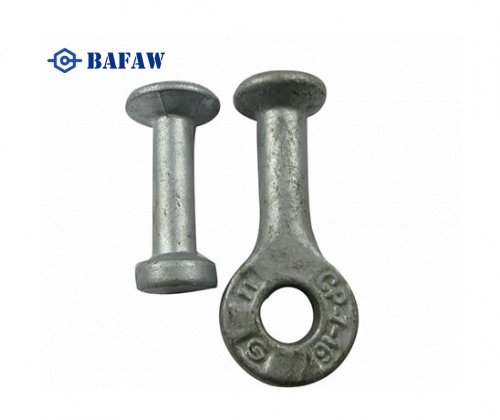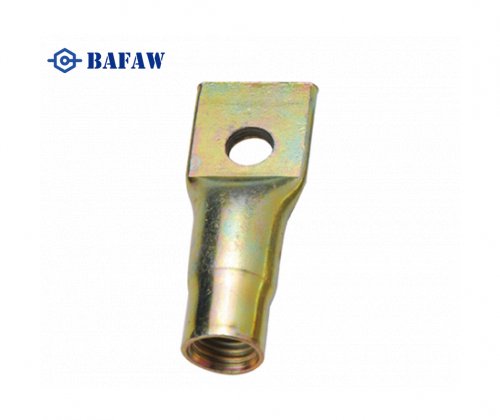
Manual Butterfly Butterfly Valve
Manual butt-clamp butterfly valves use a lever or handwheel attached to the valve stem, making them a reliable option where power is not available. Advantages include.
Cost-effective: Lower costs due to the absence of automated components.
Simplicity: Easy to operate and maintain, requiring minimal technical expertise to operate.
Reliability: With fewer parts, there is less chance of mechanical failure and less maintenance costs.
Electric Butterfly Valve
Motorized butt-clamp butterfly valves are integrated with automation systems to control valve operation. The torque is generated by the motor. The advantages are as follows.
Automation: Enables precise control, ideal for integration into intelligent systems.
Consistency: Provides uniform performance and reduces the risk of human error.
Remote operation: Provides remote management, increasing safety and convenience and improving business productivity.
Pneumatic Wafer Butterfly Valve
Pneumatic Butterfly Butterfly Valves operate by converting compressed air into mechanical energy. They are commonly used in industries that handle corrosive products or foodstuffs. Advantages include.
Fast: Fast response times for applications that require fast actuation.
Safe: Safer in explosion-prone environments because no electrical power is required.
Clean operation: Ideal for the food and pharmaceutical industries as pneumatic systems minimise the risk of contamination.
Hydraulic Wafer Butterfly Valves
Hydraulic Wafer Butterfly Valves are extremely efficient as they rely on hydraulic fluid to generate high torque. The advantages are as follows.
High Torque: Capable of handling applications requiring large torque forces.
Precision: Smooth, precise control is achieved, which is important in certain critical applications.
Durability: The hydraulic system is robust and resistant to wear and tear, making it suitable for heavy-duty operation and longer service life.

















